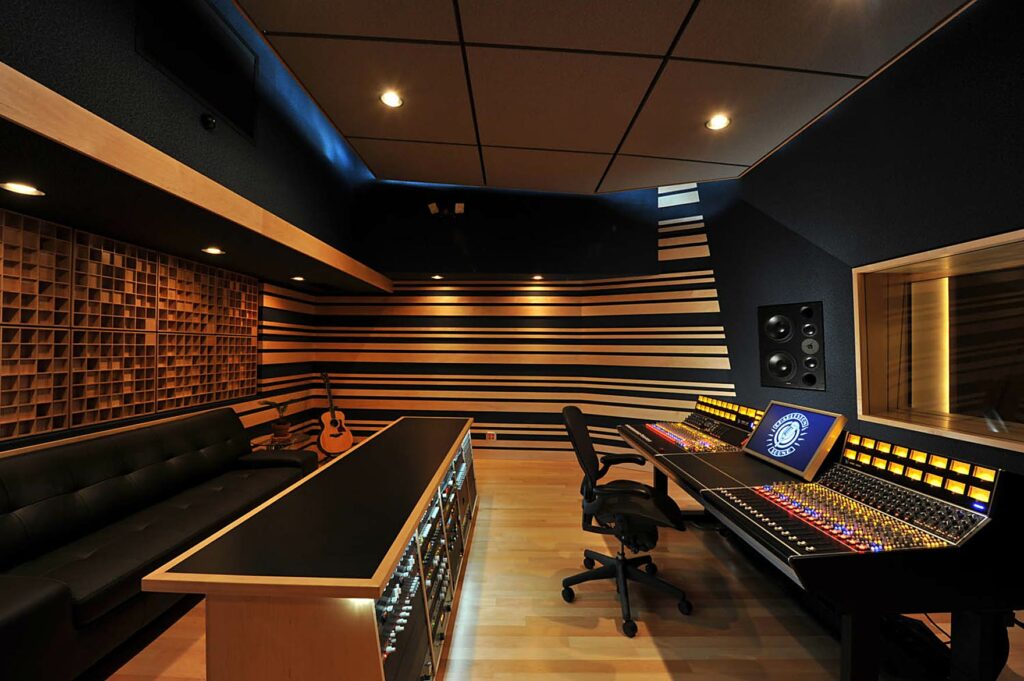Mt Pleasant, SC – Feb. 2009:
Charleston Sound is arguably the shiniest of the Southeast's recording studio gems, with loads of high-end gear housed inside an acoustically-impeccable space designed by award-winning studio designer Wes Lachot. The best musicians of disparate genres from Charleston, the Southeast, and indeed the country, find inspiration to record their most compelling material under its vaulted ceiling and in its cozy isolation rooms. As of late fall, Charleston Sound is the proud owner of a 32-channel API 1608 fully-discrete analog tracking and recording console. A customized patch bay integrates the studio's collection of ultra-high-end new and vintage outboard gear and combines with the 1608's unique, modular 500-Series design.
Ironically, the API 1608 replaces a digital console, which itself had replaced a string of other digital consoles. "We were never quite getting the sound we wanted to get," said chief engineer and owner Jeff Hodges. "Sure, the digital consoles were great for automating plug-ins, and we spent many, many hours tweaking plug-ins with them. But there's something to be said for a great analog board like the 1608. It gives us the sound we want from the very beginning. And it does so much more quickly and reliably than trying to find it after the fact with plug-ins."
The 1608 incorporates API's discrete electronics topology and is built to the same exacting standards as the flagship Vision and Legacy Series consoles. The standard 1608, with sixteen input channels, eight buses, eight aux sends, eight reverb returns and full center section facilities, includes a dozen 550A three-band equalizers and four 560 ten-band graphic EQ modules with space available for eight additional 500 Series modules. Charleston Sound's 32-channel board boasts dozens of additional API EQ and preamp modules, as well as other 500-Series modules. Hodges views the 1608's flexibility to include the "sound" of other manufacturers as one of its unique strengths and is excited to expand their list of 500-Series module manufacturers.
"Tracking goes very fast with the 1608," said Hodges. "We get all the instruments sounding right in the studio and then use the board to its full capacity. We use the processing, the busses, the effects sends… everything. With everything up, the 1608 has the classic warm, punchy sound that API is known for. The board sends to Pro Tools, which sends back channel-for-channel in most cases and with subgroups in others. Regardless, the rough mix comes up almost instantly. We can print EQ and compression on the way in, after the fact, or both."
As a bonus, Hodges commented on the 1608's conspicuous lack of LED meters. "VUs rock!" he laughed. "There's a reason they made them that way. I find the VUs much more intuitive than LEDs; they have a better feel. It's the icing on the cake!"
